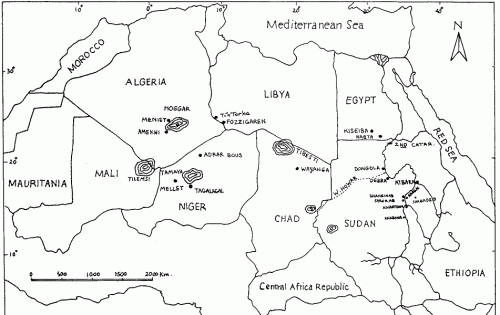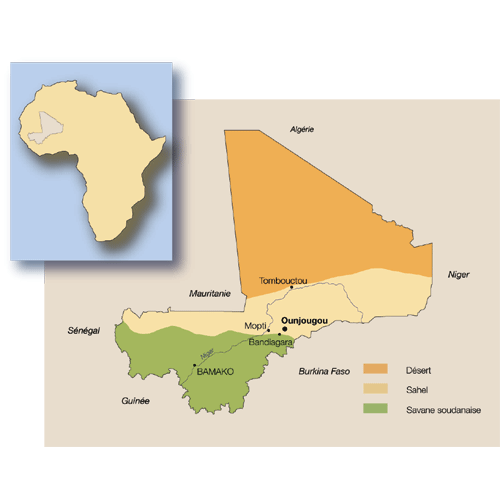The Wavy Line and the Dotted Wavy Line Pottery in the Prehistory of the Central Nile and the Sahara-Sahel Belt
Abbas S. Mohammed-Ali1;2 and Abdel-Rahim M. Khabir1
The two type-sites of the Khartoum Mesolithic and Khartoum Neolithic (Khartoum Hospital and Shaheinab), in Central Sudan, were excavated at the end of the 1950s. The ceramics recovered from these sites, characterized by wavy line and dotted wavy line decoration, formed a cornerstone for identifying Mesolithic–Neolithic components along the Central Nile and across the Sahara-Sahel Belt. Moreover, they formed a model for an evolutionary sequence, and suggested a level of cultural uniformity for the Nilo-Sahara-Sahel Belt from the eighth to the fourth millennia BC. This paper examines these and other related issues.

AKA, a very long and dull item on very early ceramics in Africa. But useful if you are interested.
 The earliest (if based on little iffy sediment dating) date on African pottery is 11,500 years old in Mali. Found at Ounjougou. Most of it matches about 9,500 BP. There’s an Iranian pot dated to 10,000 BP, so the exact location of discovery is a bit unclear as yet, as you see it in Iran before Nubia, making the North African coast a better bet for the initial discovery. It’s possible European pottery came in from Russia, as that is showing some very old dates for pottery at Amur River . Ceramics in the Far East and Russia seem to predate anything in Africa and the near East.
The earliest (if based on little iffy sediment dating) date on African pottery is 11,500 years old in Mali. Found at Ounjougou. Most of it matches about 9,500 BP. There’s an Iranian pot dated to 10,000 BP, so the exact location of discovery is a bit unclear as yet, as you see it in Iran before Nubia, making the North African coast a better bet for the initial discovery. It’s possible European pottery came in from Russia, as that is showing some very old dates for pottery at Amur River . Ceramics in the Far East and Russia seem to predate anything in Africa and the near East.
Another interesting article on Saharan pottery, with some population information thrown in.


Very important for my study of Amur river earliest pottery, THANKS